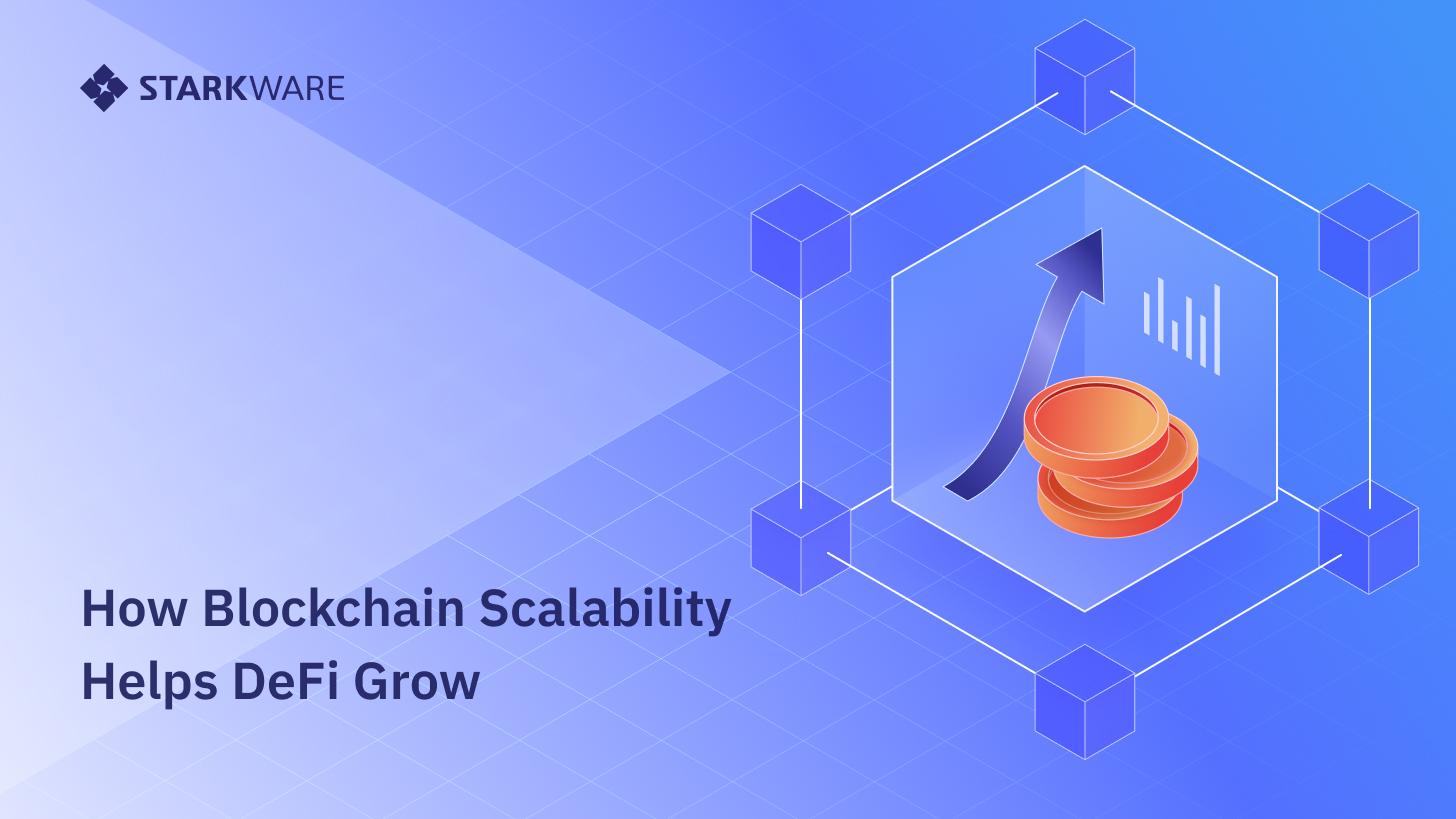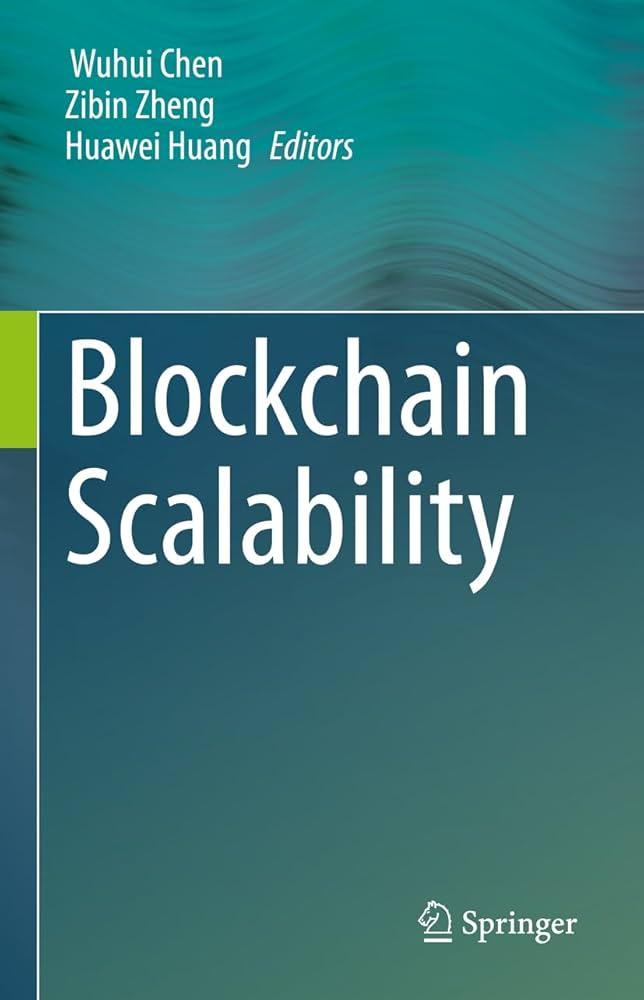In the realm of digital innovation, few technologies have ignited as much excitement and speculation as blockchain. Promising a world of decentralized trust and transparent transactions, blockchain has the potential to revolutionize industries ranging from finance to supply chain management. Yet, as enthusiasm surges, so too do the challenges of scalability—a pivotal barrier that must be navigated if the technology is to realize its full promise. In “Unlocking Potential: Navigating Blockchain Scalability Challenges,” we delve into the intricacies of this pressing issue, exploring the multifaceted approaches being developed to enhance blockchain’s efficiency and capacity. From layer two solutions to innovative consensus mechanisms, join us as we uncover the strategies and technologies that aim to break through the limitations of scale, propelling blockchain from its current state into a new era of unprecedented capability.
Understanding the Scalability Paradox in Blockchain Technology
The scalability paradox in blockchain technology often presents a conundrum for developers and stakeholders alike. At its core, achieving high transaction throughput typically comes at the cost of decentralization and security. This trade-off creates a delicate balancing act, where the aspirations for efficiency may inadvertently sacrifice the foundational principles that make blockchain appealing. As the demand for blockchain applications grows, so too does the need for innovative solutions that address this paradox without compromising the integrity of the network. Key factors in this discussion include:
- Transaction Speed: Increasing the number of transactions per second (TPS) can lead to congestion and delays.
- Decentralization: Highly scalable systems may rely on fewer nodes, undermining the network’s distributed nature.
- Security Risks: Enhancing speed often exposes vulnerabilities to attacks, potentially jeopardizing user trust.
Several strategies have emerged in response to the scalability challenge, including layer-2 solutions, sharding, and consensus mechanism innovations. These approaches strive to mitigate the scalability issue while adhering to the fundamental ethos of blockchain. The following table summarizes some notable methods currently in development or deployment:
| Solution | Description | Status |
|---|---|---|
| Layer-2 Solutions | Off-chain transactions reducing load on the main chain. | In Progress |
| Sharding | Dividing the blockchain into smaller, manageable parts. | Research Phase |
| New Consensus Algorithms | Innovative mechanisms like Proof of Stake improving transaction validation speed. | Adoption Phase |

Innovative Solutions for Enhancing Throughput and Efficiency
To address the challenges of blockchain scalability, innovative solutions have emerged that focus on optimizing throughput while maintaining decentralization and security. Techniques such as sharding, which partitions data into smaller, manageable segments, allow networks to process transactions concurrently. Additionally, the implementation of layer-2 scaling solutions such as state channels and rollups have gained traction, enabling off-chain transactions that significantly reduce congestion on the main blockchain. These approaches not only enhance speed but also improve cost efficiency, making blockchain technology more accessible to a broader range of applications.
Furthermore, the integration of cutting-edge technologies like artificial intelligence and machine learning into blockchain ecosystems can streamline operations and optimize resource allocation. By analyzing transaction patterns and predicting network loads, AI tools can facilitate proactive adjustments to enhance processing capacities. Additionally, cross-chain interoperability platforms are paving the way for seamless data exchange among different blockchain networks, fostering a more interconnected and efficient digital economy. The convergence of these technologies presents a compelling avenue for overcoming scalability barriers and unlocking the full potential of blockchain.

Strategic Partnerships and Collaborations for Sustainable Growth
In an era where digital transformation is paramount, fostering strategic partnerships is crucial for navigating the intricacies of blockchain scalability. By collaborating with technology innovators, regulatory bodies, and industry stakeholders, organizations can leverage diverse expertise to enhance efficiency and promote sustainable growth. These partnerships can take various forms, including:
- Joint Ventures: Sharing resources and risks to accelerate innovation.
- Research Collaborations: Pooling knowledge to tackle scalability challenges through advanced technical research.
- Public-Private Partnerships: Aligning public interests with private capabilities to foster a robust regulatory environment.
Furthermore, engaging with academia and think tanks can drive foundational research that informs best practices and scalability solutions. An ideal framework for these collaborations can be represented in the table below, showcasing the benefits and potential outcomes of various partnership models:
| Partnership Model | Benefits | Potential Outcomes |
|---|---|---|
| Joint Ventures | Resource sharing, risk mitigation | Accelerated product development |
| Research Collaborations | Access to expertise and technologies | Innovative scalability solutions |
| Public-Private Partnerships | Improved regulatory frameworks | Sustainable ecosystem development |

Future Trends and Best Practices in Blockchain Scalability
As the demand for blockchain technology continues to grow, the future of scalability is bright with innovative solutions on the horizon. Layer 2 scaling solutions are emerging as a popular method to enhance transaction speeds without overloading the main blockchain. Technologies like ZK-rollups and sidechains are becoming increasingly mainstream, enabling users to conduct transactions off the main chain while still benefiting from its security. Furthermore, the adoption of sharding is being explored by several blockchain projects, improving throughput by partitioning data into smaller, manageable pieces, allowing simultaneous processing across the network.
In addition to these technological advancements, best practices are evolving to ensure scalability is sustainable and efficient. Key strategies include:
- Decentralized Governance: Engaging stakeholders fosters transparency and consensus on scalability decisions.
- Interoperability Initiatives: Creating bridges between different blockchain networks can enhance scalability through shared resources.
- Regular Audits: Implementing thorough checks on protocols to identify bottlenecks and vulnerabilities enhances reliability.
a balance between innovation and best practices will be essential in addressing future scalability challenges. By embracing these trends, the blockchain community can unlock unprecedented levels of performance and usability, paving the way for the next generation of decentralized applications.
Wrapping Up
As we draw the curtain on our exploration of blockchain scalability challenges, it’s clear that the journey towards unlocking the true potential of this transformative technology is both complex and compelling. The path is dotted with obstacles, yet the promise of enhanced transaction speeds, lower costs, and greater accessibility continues to inspire innovation and collaboration within the industry.
While we’ve ventured through the myriad strategies—from layer-two solutions to sharding and consensus algorithm shifts—it’s essential to remember that scalability is not merely a technical hurdle to overcome. It serves as a catalyst for a more inclusive and decentralized future, where individuals and businesses alike can fully harness the power of blockchain.
As stakeholders in this evolving narrative, may we foster dialogue, embrace creativity, and pursue solutions that not only address the challenges at hand but also pave the way for a sustainable and equitable digital ecosystem. The quest for scalability is ongoing, and together, we hold the keys to unlocking the full potential of blockchain technology. The future awaits—let’s navigate it wisely.



